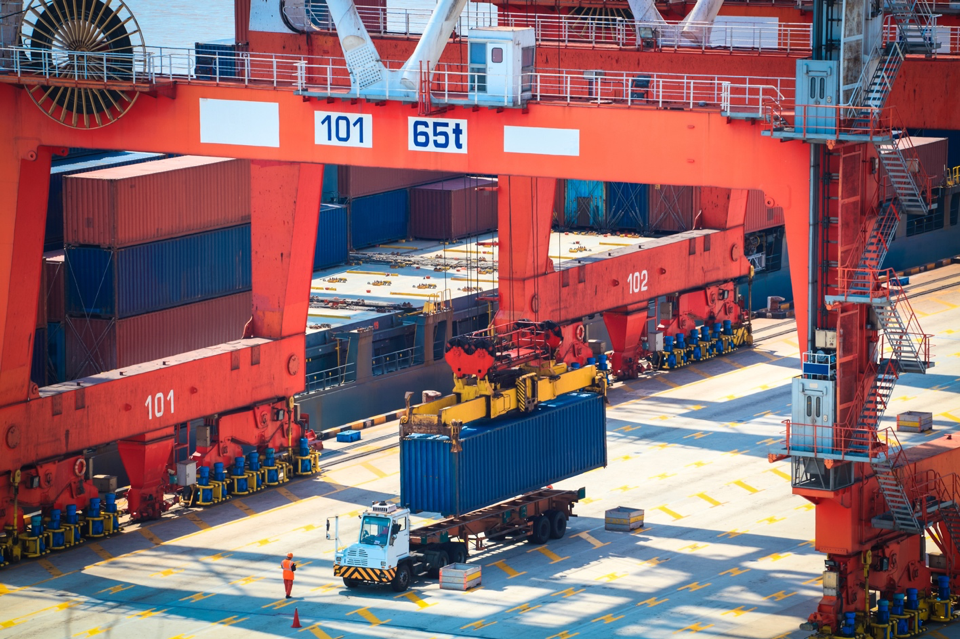If domestic carriers are the bloodlines of American commerce, why has this industry found it so difficult to attract and retain drivers to service U.S. supply chains? And, were the higher trucking rates in 2018 reflective of this driver shortage?
The American Trucking Association (ATA) has pointed to an ongoing shortfall of qualified truckers as a significant on-going issue for domestic carriers. The ATA, representing truck carrier ownership, not drivers, believes the problem lays in low pay, tight entry qualifications, and stricter government regulations making it an unappealing market for young professionals. They estimate the shortage has surpassed 50,000 drivers and will require as many as 898,000 new truckers by 2026.
But a recent report published by the Federal Bureau of Labor Statistics (BLS) concluded that there’s little evidence supporting the widely publicized notion that there is a driver shortage in the trucking industry. The BLS study contradicted countless statements made by the American Trucking Association (ATA) claiming that while salaries fluctuated between private companies, wages are overall strong compared to other blue-collar jobs.
“As a whole, the market for truck drivers appears to work as well as any other blue-collar labor market, and while it tends to be ‘tight,’ it imposes no constraints on entry into (or exit from) the occupation,” the BLS reported. “There is thus no reason to think that, given sufficient time, driver supply should fail to respond to price signals in the standard way.”
Perhaps the two parties are simply expressing different sides of the same coin. After all, volumes of imports have been notoriously high since the threat of looming tariffs became real and the trade dispute with China escalated, shippers moving increasing amounts of cargo clogging U.S. terminals with mega-vessel deliveries. Issues still persist at major hubs such as Los Angeles and, due to recent political action, the Mexico-U.S. border creating delays and reducing overall trucking capacity. The addition of the electronic logging mandate (ELD) has also created very real restrictions to hours-of-service, penalizing and removing truckers that exceed their driving allowance. Trucking companies increased pay to try and inject fresh capacity back into the market, but have found it difficult to stick as turnover can be up to 94% at some firms.
So, while driver shortage may be an issue for individual carriers, its shippers that must do better in understanding how the market, infrastructure, and regulations impact capacity.
What can importers & exporters do to alleviate the capacity crunch?
- Maximize efficiency. Sit down and discuss your needs with your forwarder or trucking carrier. By flushing out everyone’s expectations, shippers can often discover creative savings that work better for both parties, such as drop and picks.
- Schedule in advance. The more time shippers give to carriers to tender freight, the more time they have for predicting capacity and keeping cargo out of delinquency. Advanced scheduling then ultimately helps shippers have better visibility to manage and prepare for choke points.
- Find the right partner, treat them well. Most would agree that you often get what you pay for. Importers and exporters are used to steamship lines rolling freight during peak times to make room for premium-priced containers, but shippers have rarely had to apply this thinking to domestic trucking. As ports get more congested and volumes increase, having a real partnership can help shippers get out of sticky situations like detention and demurrage. The right partner will also be more likely to sit down to discuss creative and cost-effective solutions to supply chain delays.
An immediate increase in available truck capacity won’t come from drivers, but rather shippers. And while there may never be enough drivers to meet freight demand, the trucking industry needs to work with their customers and the government proactively to create a balance in service of the ultimate goal, servicing the U.S. market.
Seeing red? Go Green and ease operational friction with timely communication from friendly freight experts.
As Green continues to monitor the situation, stay up-to-date on freight news by following us on Facebook, Twitter, and LinkedIn or, subscribe to Green’s Freight Talk blog to received updates directly to your email.






